An old African proverb says: “If you think you are too small to make a difference, try sleeping in a room with a mosquito.”
Whether it is about raising awareness, breaking stereotypes, recording a video, or collecting money to participate in an action, the time to set your goal has finally come! However, how can you set a goal that you are really in power to reach? The answer is as simple as a meaningful acronym: your goal must be SMART. And it is going to be smart as far as all the letters in that acronym are fulfilled. Let’s see together what they stand for.
S is for Specific. Don’t establish a general goal, as it will be impossible to identify and put into practice the required activities to pursue it.
M is for Measurable. You always need to be able to measure your objective, as otherwise, you will get confused and lose your motivation along the path.
A is for Attainable. A too ambitious goal will make you feel powerless and incapable of making a change. You have to avoid this feeling, for that is not true. There is nothing wrong with you, ever. The problem is with your goal.
R is for Relevant. Having a relevant objective will not only let you feel energetic; it will also allow you to convince more people to take part in your activities.
T is for Time-bound. Last but not least, time is an essential part of your goal, and it has to be a realistic prevision. If you do not set a time limit to your objective, you will certainly risk giving up before achieving it.
Establishing a SMART goal means first of all being able to recognize one. According to you, does the following objective respect all five requirements?
Our goal is to help 20 students of our school understand the causes of migration from Syria and have 30% of them participating in an action supporting migrants by 3 months.
Make your guess!

- What are the means at your disposal?
- Does your goal need the advice of an expert?
- Are you going to collect funds in order to pursue it?
- Will you ask for the support of an NGO?
- Did anyone try to achieve that goal in the past?
- Are you going to ask for help from the people affected by the issue?

1
Think of your goal as a process that one day will lead to the solution.
2
Find a balance between idealism (what do we want to reach?) and realism (what are our concrete possibilities?).
3
As Roosevelt used to say: “Do what you can, with what you have, where you are.”


A group of girl changemakers succeeded in establishing a fully SMART goal. How do we know that? They split it into the five requirements for us.
Specific -> Raise awareness of refugees in Highlands
Measurable -> Engage at least 5 families from the local community
Attainable -> Arrange one or more multicultural events
Relevant -> Migration emergency is a global reality
Time-bound -> By the end of the Autumn term
Instruments
Do you need a virtual hand to nail down your goal?
Try out this App:
Goalify – https://goalifyapp.com/en/reach-your-goals
Have you come to a standstill? No worries, an amusing activity will help you out.
Bricks&Hammer – Draw pictures of what the world is like now, compared to an ideal situation. Draw a brick wall and label each brick with an obstacle to realizing your vision for an ideal world. Now make paper hammers out of recycled paper to knock down the bricks, and write actions needed to improve the situation on them.
Worksheet
We have prepared for you these schemes to help you achieve your goal:

What do you need to move on?
The essential requirement to go to the next step is to have a SMART goal. In order to be sure your goal is, try to tick off not only the five requirements but also their extended meaning or synonyms. Here they are:
S stands for Specific and also simple, sensible, significant.
M stands for Measurable and also meaningful, motivating.
A stands for Attainable and also agreed, achievable.
R stands for Relevant and also reasonable, realistic, resourced.
T stands for Time-bound and also time-limited, time-based, timely, time-sensitive.
Have you ticked off all the requirements and their synonyms? Go to step 5 and get organized!









